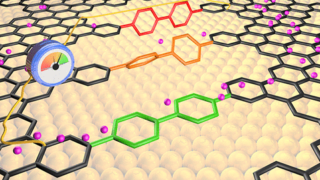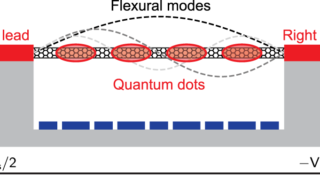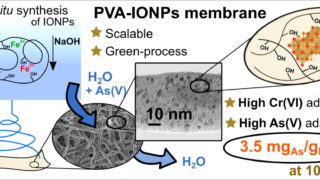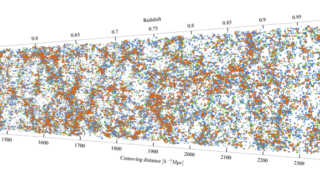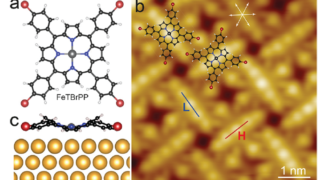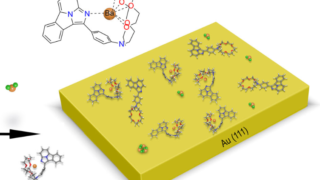
Development of a barium detector for a neutrinoless double beta decay
Chemistry • DIPC Biochemistry • DIPC Interfaces • DIPC Particle Physics • Particle physics
The observation of the neutrinoless double beta decay is the only practical way to establish that neutrinos are their own antiparticles. But, because of the small masses of neutrinos, the lifetime of neutrinoless double beta decay is expected to be at least ten orders of magnitude greater than the typical lifetimes of natural radioactive chains […]
